Fun With Data – More 5G
Mobile subscriptions, over the 2021 – 2027 period have a 1.6% CAGR and smartphone subscriptions have a CAGR of 3.7%, with the difference between total and smartphones being feature phone subscriptions, which see a CAGR of -7.7% over the period. With the obvious fact that most of mobile subscription growth is coming from 5G subscriptions it is not surprising to see negative growth in feature phones, which tend to be smaller and technologically simpler than typical smartphones, and would be less likely to be 5G enabled, at least until the additional cost of 5G hardware reaches parity with 4G. 4G subscriptions themselves have a CAGR of -6.0% during the same period, with only two regions seeing subscription growth (South East Asia +0% & Sub-Saharan Africa +9.9%), the regions where feature phones are the most popular, implying that while 5G subscriptions will grow in those areas, 4G will still remain a popular mode.

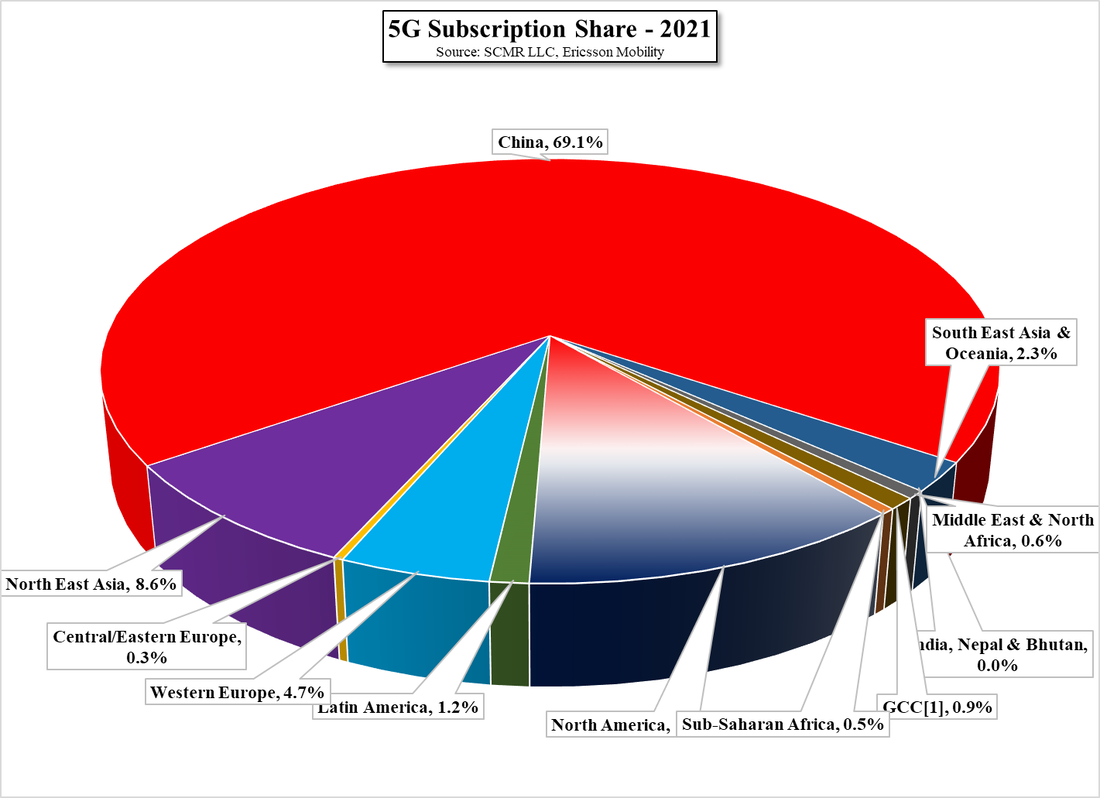
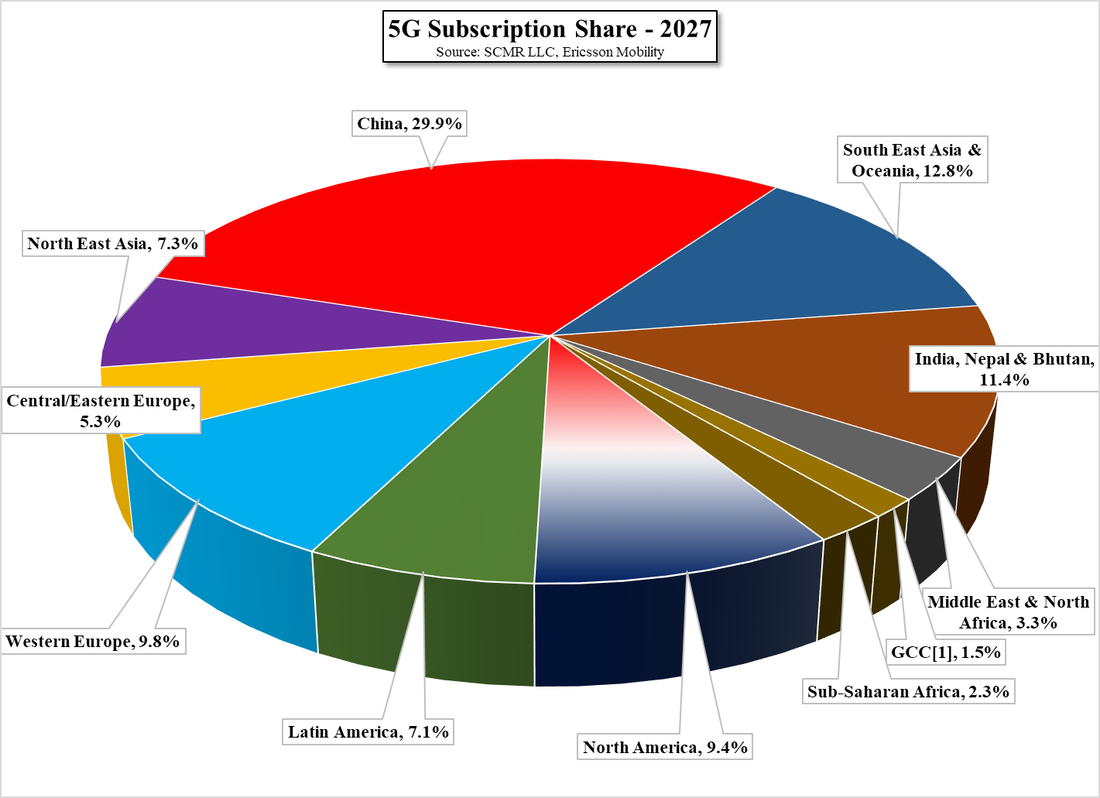









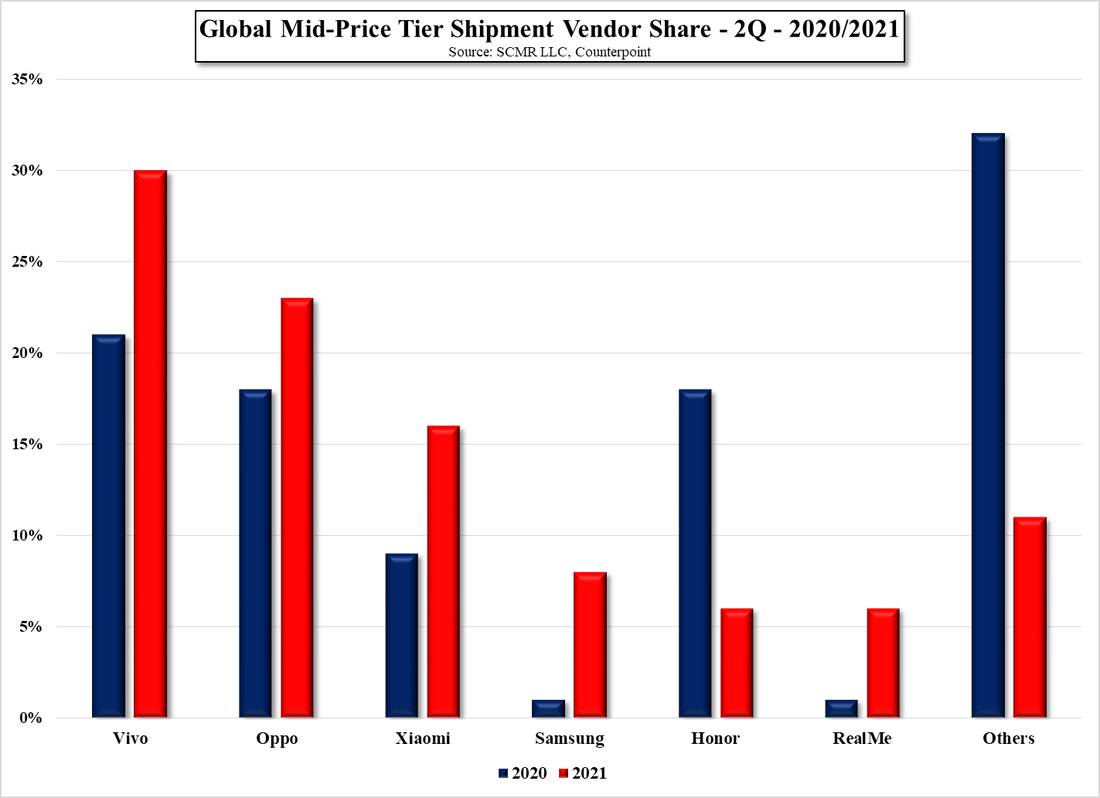
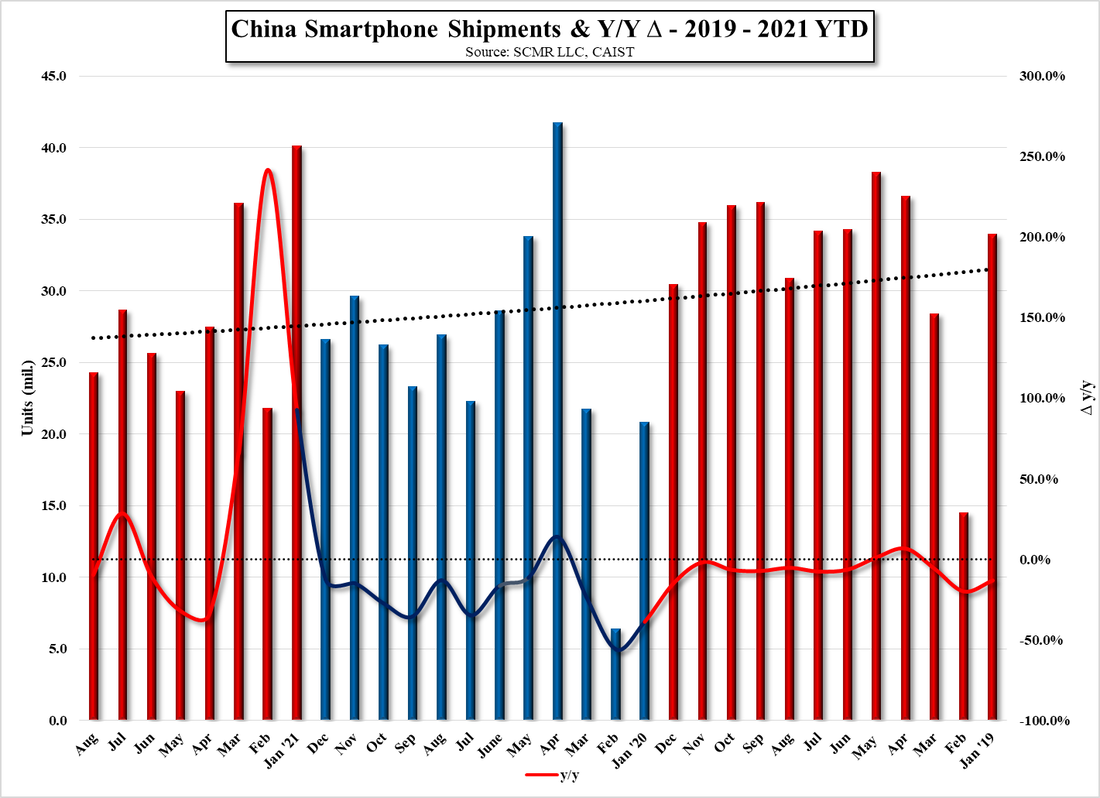
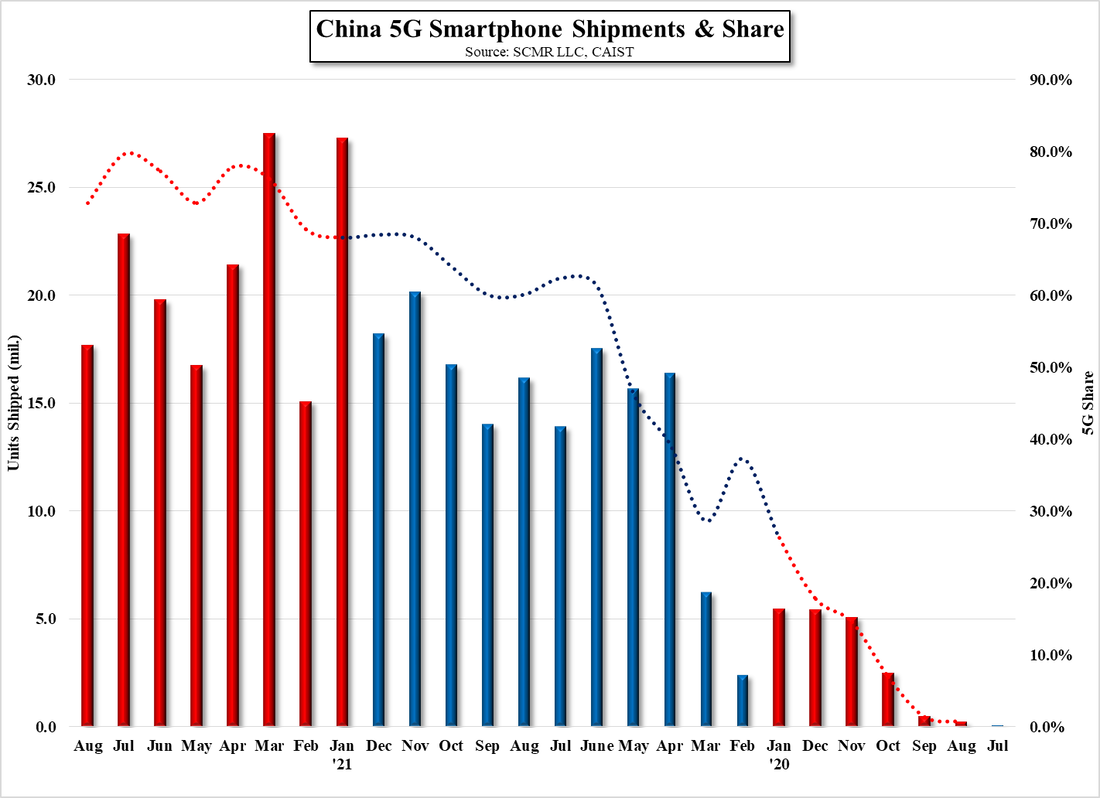
 RSS Feed
RSS Feed